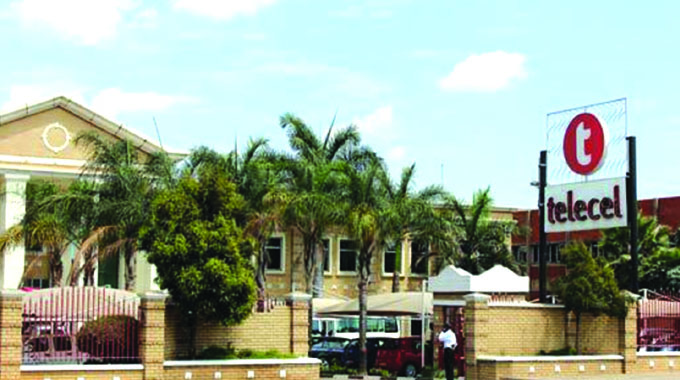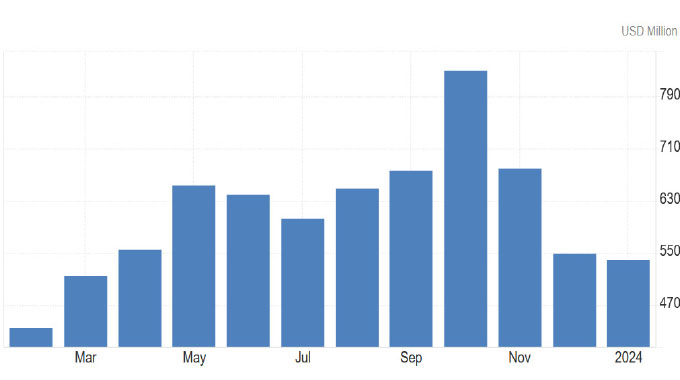EDITORIAL COMMENT: Silo expansion can have many benefits

The decision to put Silo Food Industries back on the map by tripling the output of maize meal from the dominant maize supplier, cutting out all possible middlemen, is positive response by the Second Republic.
The problem that arose was that some millers were feeding supplies to the informal sector, and so getting paid in US dollars and that in cash, avoiding bank controls, taxes and currency conversions.
At the same a lot of consumers, seeing these artificial scarcities, were panic buying when a delivery did arrive, or “stocking up” as they might express it.
This was enhanced by those consumers, worried about further devaluations of the local currency, decided to at least lock in their basic food by spending their pay as soon as they got it on basics, like mealie meal, so they could sleep a bit easier. The extra demand was not matched by extra supply, rather than by that diversion of supplies.
Silo was set up as part of the Grain Marketing Board, although now is a private company owned by the GMB and so legally separate, with one of the reasons being the need to split the GMB accounts into three: the annual function of getting the summer grains planted, harvested and delivered; the need to build a strategic grain reserve than coped with the carry-over stocks into the next harvest and would be drawn on if there was some severe climatic event like a bad drought and the consumer business in Silo.
Each of these have separate sources of finance. The annual harvest is a semi-commercial operation where the Government sets the prices for both the farmers and the millers, and the small margin is what the GMB has to use to pay its administration costs and the shorter term storage.
The strategic reserve has to be funded via the national Budget, a sort of insurance premium the taxpayer funds to ensure we always have enough food.
Silo is now a commercial operation, but one where the GMB is the supplier, no doubt for accounting at price it charges other millers, is the miller and, particularly important, is the retailer.
The 14 existing shops are in GMB premises, but to these are now added the depots, again on premises owned by the GMB.
This should allow a lower mark-up as the retail costs do not include rent and minimise transport. The Silo sale points can be thought of as factory shops.
This provides a viable form of price control in a way, since the other millers cannot have retail prices much above those charged by Silo, otherwise they could lose a lot of customers.
Since Silo has to be self-financing and since GMB cannot lose money by selling Silo maize at below the miller price, this is perfectly fair to the rest of the milling industry. There are no subsidies borne by the taxpayer, but the maximum effort put in place to control costs.
But the most important gain will be that Silo is bound to sell in local currency and sell what it mills, and it has been directed to triple its output so a lot more people can benefit.
This tripling should also help kill the attempt to create a pure black market in mealie meal in the tuckshop and roadside sectors, by swamping the legitimate market with enough supplies to make artificial shortages difficult or impossible to arrange.
But the main point is that the Government is using market forces to defeat the saboteurs of free markets, rather than trying to control those markets.
We found out earlier that does not work. This is one reason why consumer subsidies were removed, as the only winners were those who managed to divert the subsidised roller meal to the black market operators.
Instead it made more sense, in many ways, to give the very poor and vulnerable individual payments so they could afford to buy their groceries.
Those large millers who worry about Silo competition should not complain, even if they were not involved in the skulduggery we now see in some sectors.
Instead they should be working out how to retain customers, and even expand their market share, by working on product quality and customer service, in other words compete in the market place.
We hope that Silo will also be processing traditional grains, both to supply discerning consumers and to expand the markets for these grains.
Traditional grains, as their name implies, are indigenous to Africa and have been farmed ever since agriculture developed in the late stone age in Africa.
As agricultural knowledge drifted down Africa new varieties and new species were added and so the continent became very rich indeed in the variety of these grains. While maize must have entered Zimbabwe 400 or so years ago, the seed moving along trade routes and paths from the coastal trade ports, it was until the 1920s regarded largely as a green vegetable, with most of the moderate harvest eaten soon after being picked and prepared by roasting. That is still a popular snack food and vegetable.
From the 1920s onward maize for a variety of reasons, including ease of grinding and preparation, started to dominate, and traditional grain relegated to beer, stock feed and poor people in arid areas.
It is now making a come back, although the full range of processed meals derived from traditional grain is largely found in the supermarkets in the wealthier suburbs.
Silo can help fill the gap between what is harvested and those wealthy suburbs with a range of products to suit more pockets.
Old recipes are being rediscovered, and new recipes are being developed, but there are a lot of gaps as well and far more needs to be done to connect cooks with the grains. There is obviously need to collect the recipes, old and new, and have these at the same retail points with the grains and processed meals and Silo seem ideally suited to putting product and cooking instructions in the same place, so more people will try out and use the grains that the GMB are now encouraging farmers to grow.
In one sense, the Silo expansion is to ensure that those huge harvests of grain are available, but that innovation can also be used to create markets and ensure that these markets are viable and healthy.










Comments